Essential Tackle Box Setup for Lake Fishing
Master your lake fishing adventures with the perfect tackle box organization and gear selection
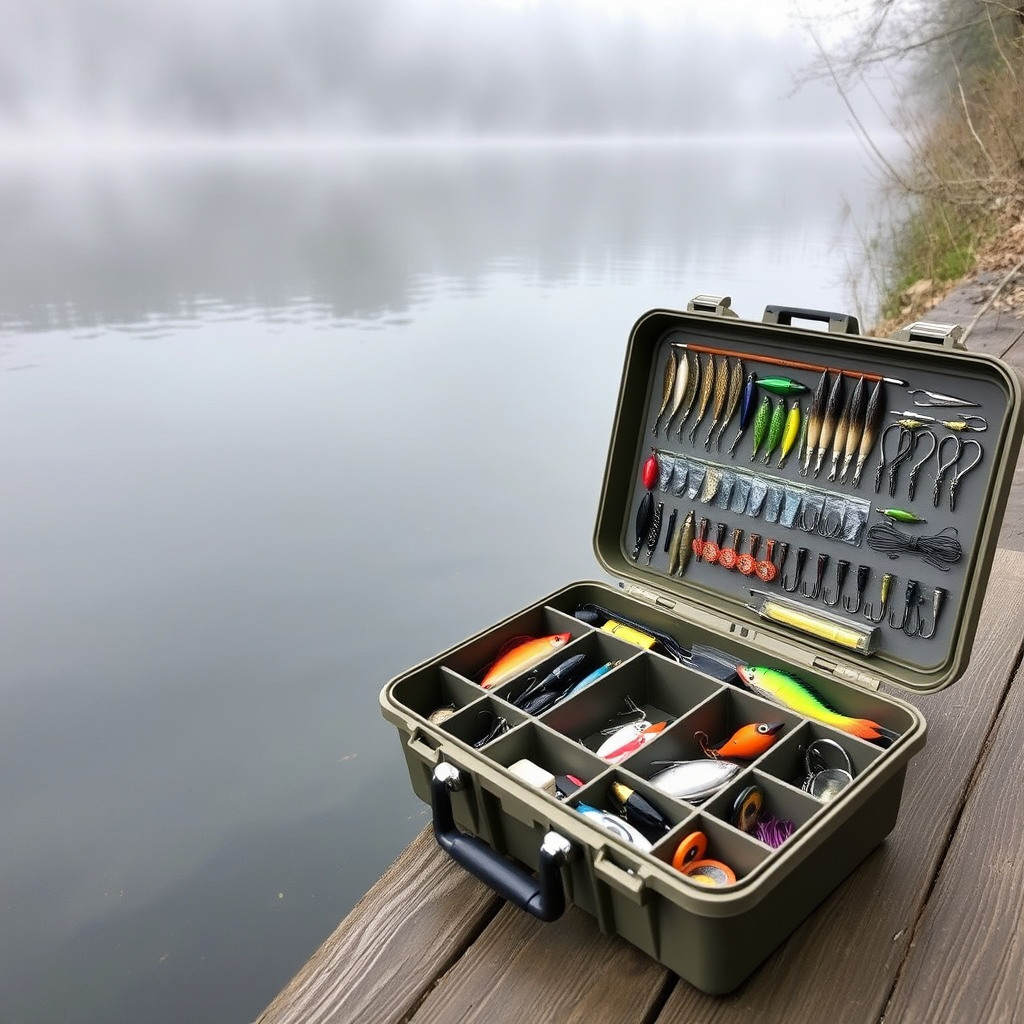
Lake fishing presents unique challenges and opportunities that require a well-thought-out tackle box setup. Whether you're targeting bass in shallow coves or pursuing trout in deeper waters, having the right gear organized and accessible can make the difference between a successful outing and a frustrating day on the water.
Choosing the Right Tackle Box
The foundation of any successful lake fishing setup begins with selecting an appropriate tackle box. For lake fishing, you'll want a medium to large-sized box with multiple compartments to accommodate the variety of lures and tackle you'll need for different fishing scenarios.
Key Features to Look For:
- Adjustable dividers for customizable compartment sizes
- Waterproof or water-resistant construction
- Secure latching system to prevent spills
- Comfortable carrying handle
- Clear lid for easy identification of contents
Essential Rods and Reels for Lake Fishing
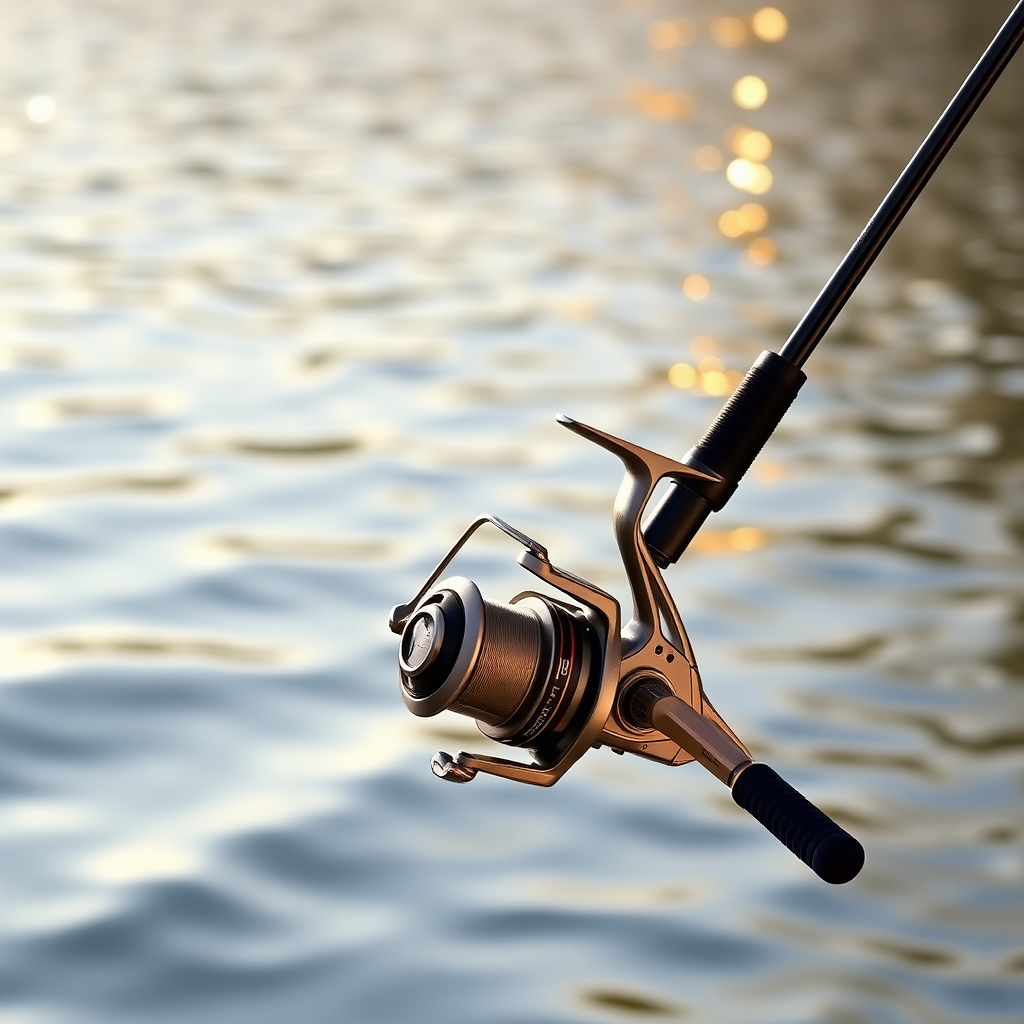
A versatile medium-action spinning rod paired with a quality spinning reel forms the backbone of most lake fishing setups. This combination offers the flexibility to handle everything from finesse presentations to more aggressive techniques.
For lake fishing, consider a 6'6" to 7' medium-action rod with a fast tip. This length provides excellent casting distance while maintaining sensitivity for detecting subtle bites. Pair it with a 2500 to 3000 series spinning reel loaded with 10-12 lb monofilament or fluorocarbon line.
Must-Have Lures for Lake Success
Lake environments demand a diverse selection of lures to match varying conditions, depths, and fish behavior. Your tackle box should include options for different water columns and fishing scenarios.
Surface Lures
- Topwater poppers
- Walking baits
- Buzzbaits
- Frogs for heavy cover
Mid-Water Column
- Spinnerbaits
- Crankbaits (shallow/medium)
- Swimbaits
- Inline spinners
Bottom Presentations
- Jigs with trailers
- Texas-rigged soft plastics
- Carolina rigs
- Drop shot setups
Hook Selection and Sizing
Proper hook selection is crucial for lake fishing success. Your tackle box should contain a variety of hook styles and sizes to accommodate different presentations and target species.
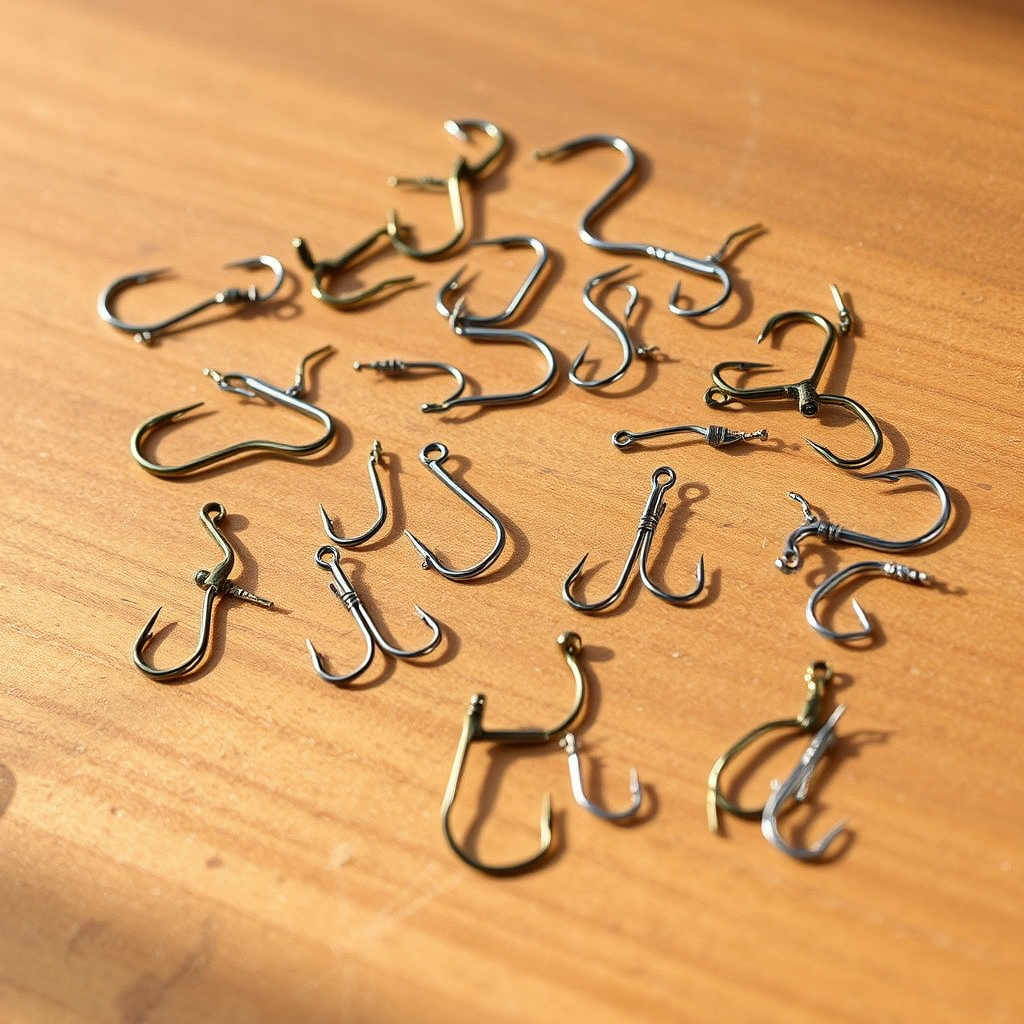
Essential Hook Types:
- Offset Worm Hooks: Sizes 1/0 to 4/0 for soft plastic presentations
- Circle Hooks: Sizes 1 to 3/0 for live bait fishing
- Treble Hooks: Various sizes for replacing lure hooks
- Jig Heads: 1/8 oz to 1/2 oz in multiple hook sizes
Pro Tip:
Always carry extra hooks in your most-used sizes. Lake fishing often involves structure and cover where hooks can be lost, and having replacements ensures your fishing day continues uninterrupted.
Weights and Sinkers for Lake Conditions
Lake fishing requires various weight options to adapt to different depths, currents, and presentation styles. A well-stocked tackle box should include multiple weight types and sizes.
Weight Selection Guide:
- Bullet Weights: 1/8 oz to 1/2 oz for Texas rigs
- Egg Sinkers: 1/4 oz to 1 oz for Carolina rigs
- Split Shot: Various sizes for finesse presentations
- Drop Shot Weights: 1/8 oz to 3/8 oz cylindrical weights
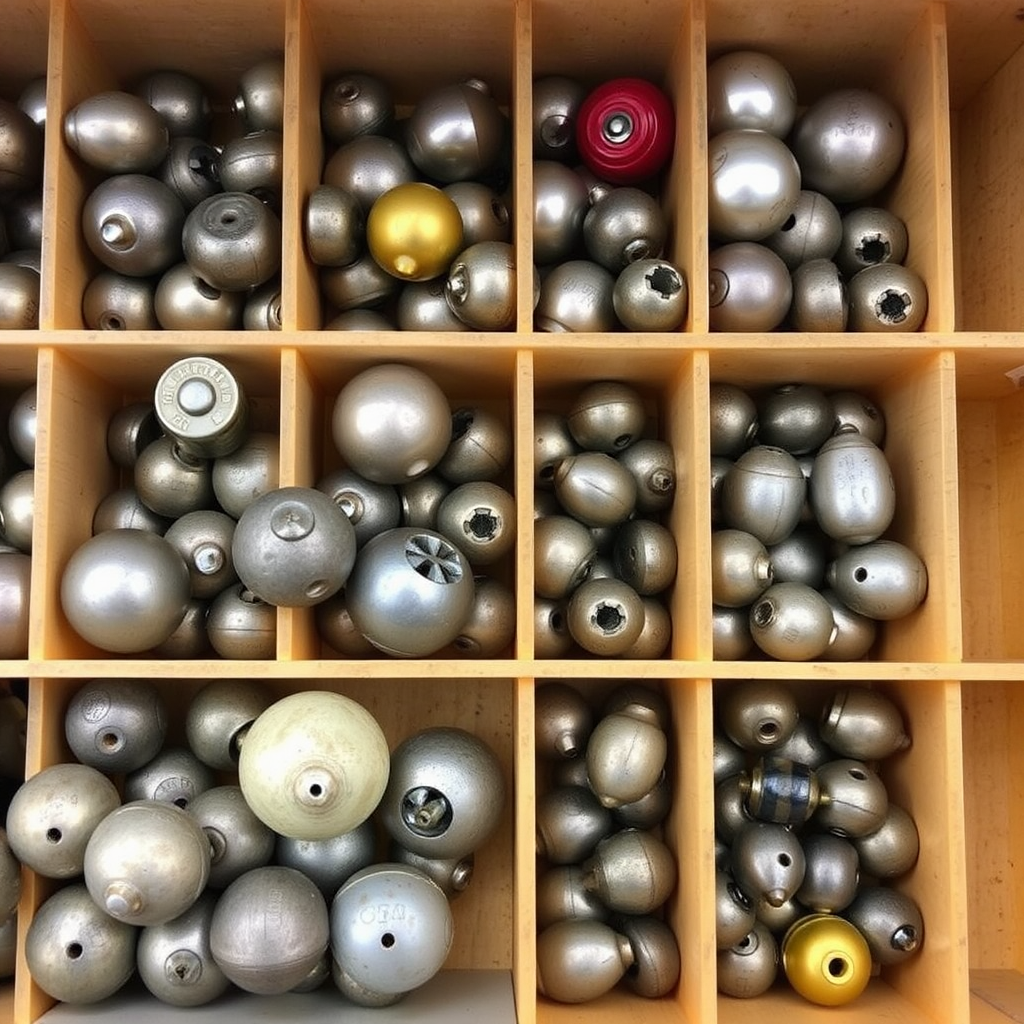
Essential Accessories and Tools
Beyond lures and hooks, several accessories are crucial for a complete lake fishing tackle box setup. These tools enhance your efficiency and help you adapt to changing conditions on the water.
Cutting and Rigging Tools
- Sharp fishing pliers with wire cutters
- Line scissors or nippers
- Hook sharpener or file
- Multi-tool with various functions
Line and Leaders
- Fluorocarbon leader material (12-20 lb)
- Monofilament backup line
- Swivels and snaps
- Bobber stops and beads
Organization Tips for Maximum Efficiency
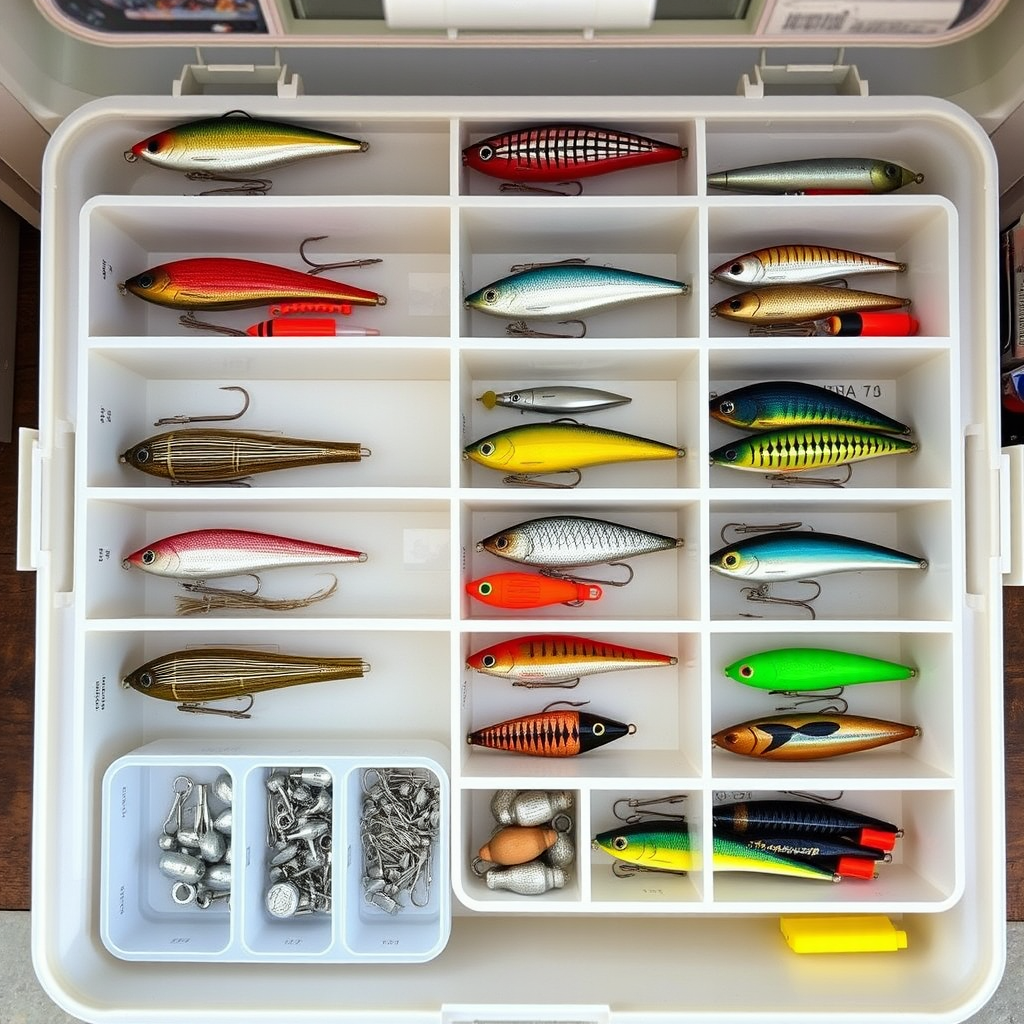
Proper organization transforms your tackle box from a jumbled mess into an efficient fishing tool. Strategic arrangement saves time on the water and ensures you can quickly access the right lure for changing conditions.
Organization Strategy:
- Group similar lures together (all crankbaits in one section, soft plastics in another)
- Arrange by frequency of use - keep your go-to lures easily accessible
- Use small containers or bags for hooks, weights, and small accessories
- Label compartments if your tackle box allows for it
- Keep a small notebook with successful combinations and locations
Seasonal Considerations
Lake fishing success often depends on adapting your tackle selection to seasonal patterns and fish behavior. Your tackle box should reflect these changing needs throughout the year.
Spring Focus:
Emphasize shallow-running lures, spinnerbaits, and soft plastics as fish move toward spawning areas and become more active in warming water.
Summer Strategy:
Include deep-diving crankbaits, drop shot rigs, and topwater lures for early morning and evening surface action when fish are most active.
Fall Preparation:
Stock up on baitfish imitators like swimbaits and crankbaits as fish feed heavily before winter, following schools of baitfish.
Winter Approach:
Focus on slow presentations with jigs, drop shots, and small soft plastics, as fish metabolism slows in colder water.
Final Thoughts
Building the perfect tackle box for lake fishing is an ongoing process that evolves with experience and local knowledge. Start with these essentials and gradually add specialized gear based on your target species and favorite fishing spots. Remember that the best tackle box is one that's organized, accessible, and tailored to your specific fishing style and local lake conditions. With proper preparation and the right gear at your fingertips, you'll be ready to make the most of every lake fishing adventure.